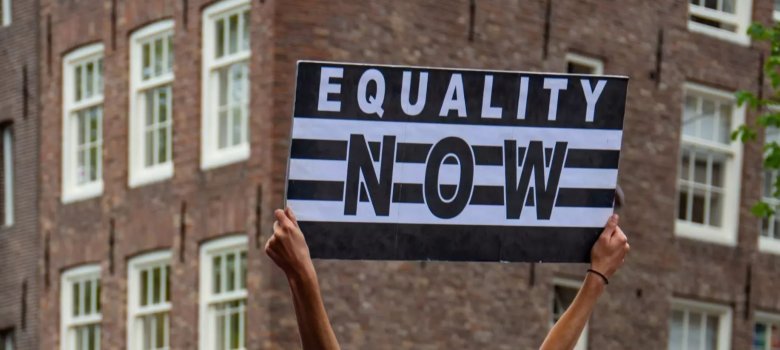Each year the World Economic Forum releases the Global Gender Gap Report, research that highlights the world's most gender equal countries across dimensions like opportunity and health across 146 countries and reveals exactly how many years it will take for the world to finally reach gender parity.
According to this year's research, that parity will take 132 years, a 32% rise over 2020. To be sure, that's a slight improvement over 2021's numbers and recent years have seen some marginal progress. In fact, the top 10 economies have all closed more than 80% of their gender gap. Still, so many countries have been slow to bridge gaps in everything from political representation to education or pay.
For a better understanding on why these numbers are so slow to change and what can be done next, Meet the Leader talked to a range of women leaders in fields where women still hold small shares of the workforce.
We talked to them for their perspectives and expertise at two recent events: the Annual Meeting this may in Davos, Switzerland; and the Global Technology Governance Retreat in San Francisco this June. These women shared their thoughts and the steps that anyone can take to better help everyone from direct reports to colleagues and friends, bridge gaps and build opportunity.
Read the transcript below.
TRANSCRIPT - Bridging the gender gap
What's needed: Support women to support better living standards
Nela Richardson is the Chief Economist at ADP and the co-head of the ADP Research Institute, a thought leader on labor market and employee performance research. Here's her take on what's needed from an economic standpoint, given ADP data trends.
We're stalling. It's interesting, looking at the US data, women were 46% of the workforce before the pandemic but using ADP data we show that they took 53% of the losses. And the reason why is because women were over-indexed in those very sectors in industries that took the hardest hit during the pandemic: retail, healthcare education, and the list goes on.
Continue reading: https://www.weforum.org/agenda/2022/07/gender-gap-roundup-bias-training-networks-meetings/
According to this year's research, that parity will take 132 years, a 32% rise over 2020. To be sure, that's a slight improvement over 2021's numbers and recent years have seen some marginal progress. In fact, the top 10 economies have all closed more than 80% of their gender gap. Still, so many countries have been slow to bridge gaps in everything from political representation to education or pay.
For a better understanding on why these numbers are so slow to change and what can be done next, Meet the Leader talked to a range of women leaders in fields where women still hold small shares of the workforce.
We talked to them for their perspectives and expertise at two recent events: the Annual Meeting this may in Davos, Switzerland; and the Global Technology Governance Retreat in San Francisco this June. These women shared their thoughts and the steps that anyone can take to better help everyone from direct reports to colleagues and friends, bridge gaps and build opportunity.
Read the transcript below.
TRANSCRIPT - Bridging the gender gap
What's needed: Support women to support better living standards
Nela Richardson is the Chief Economist at ADP and the co-head of the ADP Research Institute, a thought leader on labor market and employee performance research. Here's her take on what's needed from an economic standpoint, given ADP data trends.
We're stalling. It's interesting, looking at the US data, women were 46% of the workforce before the pandemic but using ADP data we show that they took 53% of the losses. And the reason why is because women were over-indexed in those very sectors in industries that took the hardest hit during the pandemic: retail, healthcare education, and the list goes on.
Continue reading: https://www.weforum.org/agenda/2022/07/gender-gap-roundup-bias-training-networks-meetings/

